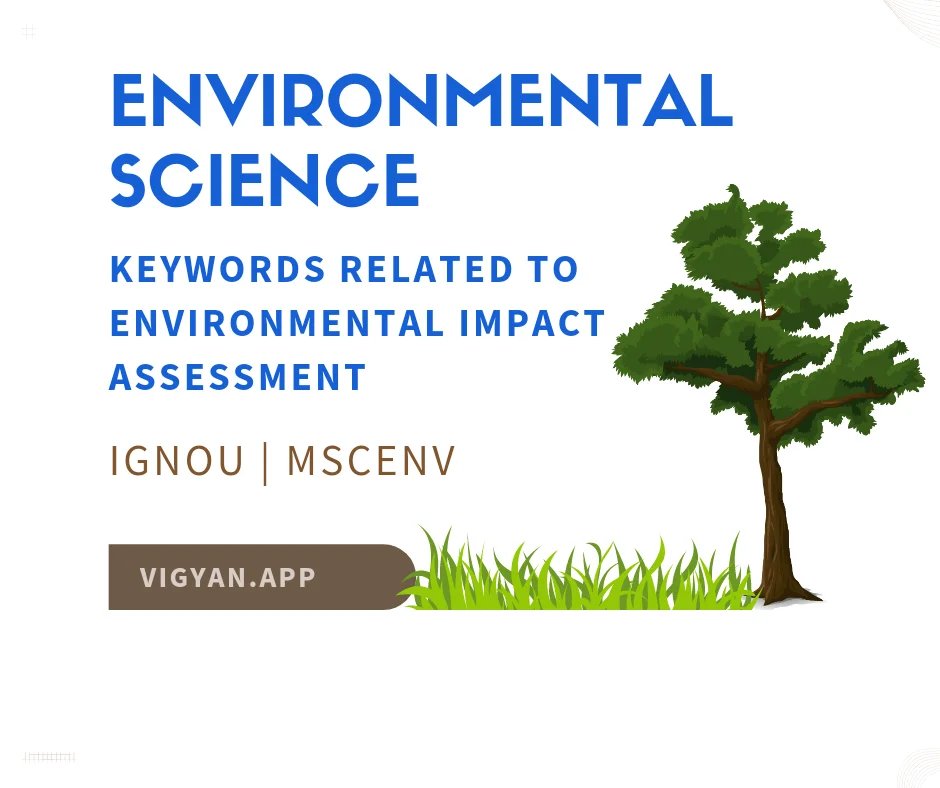Cloudburst and Flash Floods
Global Climate Change (MEVE-011) (MSCENV IGNOU)
Cloudburst is an extreme amount of precipitation in a short period of time occurring in a small geographical area. According to India Meteorological Department (IMD), rainfall over 100 mm per hour occurring in a small geographical area is referred as cloudburst. High temperature leads to excessive built up of moisture levels in the atmosphere and extreme condensation. This moisture content then falls in the form of either thunderstorms/ intense rainfall in the plains or cloudbursts or hailstorms in mountainous regions.
Long term records indicate that the frequency of cloudburst events has increased, and their timing has also changed. Earlier, cloudbursts were common during monsoon or post-monsoon period, which is September- October in India. However, now the cloudburst events are commonly being recorded during pre-monsoon and early monsoon season.

In India, cloudbursts mostly occur in mountain areas, where low monsoon
clouds are stopped by mountains. Most of the cloudburst events are seen occurring in the elevation range between 1000m and 2500m. A number of a cloudburst events have been recorded in western Himalayan states, some of which become major due to their widespread impacts.
Rapid flooding of a low-lying area is known as flash flood. A flash flood is characterized by a fast rise in volume of water. It occurs within minutes or hours of heavy rainfall. Flash floods cause heavy damage due to their suddenness. Cloudburst often leads to the occurrence of flash floods. Flash flooding can also be caused by excessive rainfall released by cyclones or hurricanes and other tropical storms, as well as the sudden release of meltwater from glaciers. Dam breaks can also cause flash floods to occur. Landslide or mudflows in mountain areas leading to blockage in normal course of a river, also lead to flooding in the adjoining areas.
As climate change is considered to have caused increase in heavy precipitation, occurrence of flash floods is also on the rise. Human activities like unscientific development and land use pattern, deforestation, unmanaged waste disposal exacerbate the impacts of flash floods.
Glacial Lakes in Himalayas
Indian Space Research Organisation monitored a total of 459 glacial lakes and water bodies, each with an area more than 50 ha, during June to October 2015. Out of these monitored glacial lakes and water bodies, 144 have shown decrease in water spread area, 119 have shown increase, 195 have not shown any significant change (5%), while one glacial lake has dried up. Thus, glacial lakes are dynamic in nature which expand or shrink depending upon the rate of melting, precipitation in the region as well as rate of seepage from the lake.

Glacial Lake Outburst Floods (GLOFS)
Flash floods caused by the outburst of glacial lakes are called as Glacial Lake Outburst Floods (GLOFS). Glacial lakes are formed due to impoundment of water at the glacier terminus due to landslide or huge ice blocks detached from the main glacier or debris deposited by the retreating glacier. These lakes normally drain their water through seepage from the material damming their water. However, cloudburst, earthquake or other intense events may lead to failure of dam impounding glacial lake, causing flash floods in the downstream region.
Cloudburst and Flash Floods in Uttarakhand – June 2013
In June 2013, Uttarakhand experienced multiple cloud burst events spread across many districts in the state. It caused devastating floods and landslides in the state. It stranded several thousand local residents as well as tourists due to destruction of roads, bridges and other communication infrastructure. According to some estimates, cloudburst and associated flash floods led to death of almost 5000 people.
You May Also Read – Some terms related to Glaciers
You May Also Like
- सतत विकास और कृषि Sustainable development and Agriculture 1
- Environment and Sustainable Development 2 पर्यावरण और सतत विकास की अवधारणा
- पर्यावरण और सतत विकास की अवधारणा Environment and Sustainable Development 1
- India in environmental crisis Ramachandra Guha पर्यावरणीय संकट में भारत रामचंद्र गुहा
- Mpox outbreak: a new challenge एमपॉक्स प्रकोप: एक नई चुनौती


